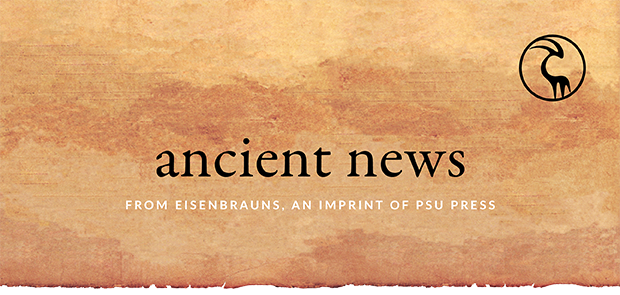
general news
Welcome to the November issue of Ancient News.
Normally this time of year, we would be madly preparing for the ASOR and AAR/SBL Annual Meetings. Instead, we are creating virtual exhibits (ASOR and AAR/SBL) and hoping you discover them. Maybe someday we will be able to meet again at conferences in person!
In the meantime, join us for two virtual events taking place this month! New Books in Archaeology on Wednesday, November 11 at 1PM EST and New Books on Biblical and Akkadian Literature on Thursday November 12 at 4PM EST.
We’re starting the month with a two-week sale on all titles in the Bulletin for Biblical Research Supplement series, including the soon-to-be-released Exploring the Composition of the Pentateuch. I’ve listed a few of the more recent titles below, but take time to visit the sale page to see them all. The sale ends November 15th, so hurry. Find out about all our sales and new releases by updating your BookNews subscription.
We have some new books coming out this month, plus a few that came out in October. I’ve listed six below. Use coupon code NR20 for 30% off. If you have an idea for a book, let Jen Singletary, our acquisitions editor, know.
I ran across several good reviews of Eisenbrauns books this month. I’ve included excerpts from six of them below. Use coupon code NR20 for 30% off. If you happen across a review of an Eisenbrauns book, please let me know about it via email!
Rounding out this month’s Ancient News is a pair of PSU Press books that you might find interesting. I’m definitely going to be reading the first one when it comes out.
On a personal note, after 17 years, this is my final Ancient News. I will be leaving Eisenbrauns/PSU Press at the end of the month. As the Preacher says, “to everything there is a season” (the Byrds do a good rendition, too!). I will be leaving you in the good hands of the PSU Press Marketing people; I’ve enjoyed working with them over the last three years and I am sure they will take good care of you. Click here for their names, roles, and contact information. And really, they do want to hear from you.
Enjoy!
James
two-week sale
40% off BBRSup titles!

Neo-Assyrian Sources in Context
$89.95 $53.97 (40% off!)
Forthcoming!
For many years, the historical-critical quest for a reconstruction of the origin(s) and development of the Pentateuch or Hexateuch has been dominated by the documentary hypothesis, the heuristic power of which has produced a consensus so strong that an interpreter who did not operate within its framework was hardly. . . (more)
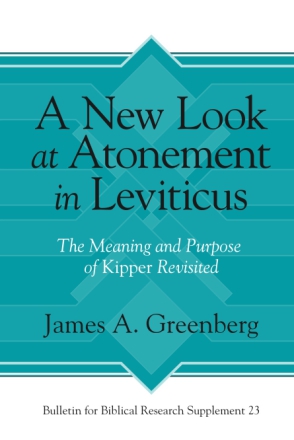
A New Look at Atonement in Leviticus
The Meaning and Purpose of Kipper Revisited
$99.95 $59.97 (40% off!)
In this book, James A. Greenberg examines animal sacrifice in Priestly Torah texts found in Leviticus 1–16, Exodus, and Numbers. Through his analysis, Greenberg identifies a new valence of kipper as a process that produces a positive result between two objects and argues that the Israelite sanctuary exists to facilitate a connection between YHWH, sancta, and. . . (more)
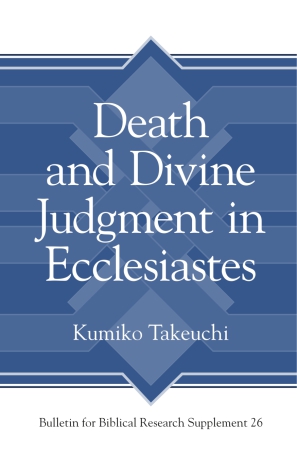
Death and Divine Judgment in Ecclesiastes
$89.95 $53.97 (40% off!)
In Death and Divine Judgment in Ecclesiastes, Kumiko Takeuchi provides a fresh take on the book of Ecclesiastes. Building on the current scholarly consensus that locates the composition of this book of the Hebrew Bible in the postexilic era, circa the late fourth or early third century BCE, Takeuchi proposes that Ecclesiastes may have served as a provocative. . . (more)
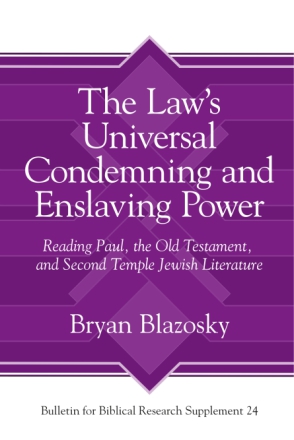
The Law’s Universal Condemning and Enslaving Power
Reading Paul, the Old Testament, and Second Temple Jewish Literature
$74.95 $44.97 (40% off!)
While much has been written about the apostle Paul’s view on the relationship between Gentile Christians and the Mosaic law, comparatively little attention has been paid to Paul’s writings on the laws of Moses and how they apply to Gentile unbelievers. In this book, Bryan Blazosky examines. . . (more)
new eisenbrauns books

Exploring the Composition of the Pentateuch
Edited by L. S. Baker Jr., Kenneth Bergland, Felipe A. Masotti, and A. Rahel Wells
In Press!
Covering a wide spectrum of topics and diverging perspectives, the chapters in this book are grouped into two parts. The first is primarily concerned with the history of scholarship and alternative approaches to the development of the Pentateuch. The second focuses on the exegesis of particular texts relevant to the composition of the Torah. The aim of the project is to foster . . (more)
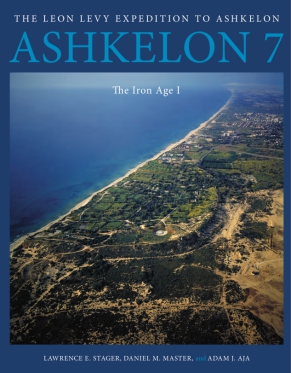
Ashkelon 7
The Iron Age I
Lawrence E. Stager, Daniel M. Master, and Adam J. Aja
In Press!
The Leon Levy Expedition to Ashkelon continues its final report series with a study of the Iron Age I. Following the dramatic collapse of the Mediterranean world at the end of the Bronze Age, new groups emerged across the Levantine littoral. One of those groups was the Philistines, famous archenemies of the Israelites in the Hebrew Bible. This volume shows how Ashkelon became. . . (more)
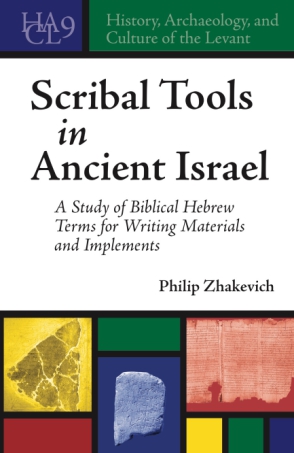
Scribal Tools in Ancient Israel
A Study of Biblical Hebrew Terms for Writing Materials and Implements
Philip Zhakevich
In Press!
In this book, Philip Zhakevich examines the technology of writing as it existed in the southern Levant during the Iron Age II period, after the alphabetic writing system had fully taken root in the region. Using the Hebrew Bible as its corpus and focusing on a set of Hebrew terms that designated writing surfaces and instruments, this study synthesizes the semantic data. . . (more)
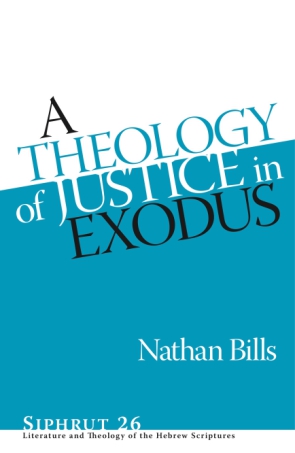
A Theology of Justice in Exodus
Nathan Bills
Just Arrived!
This book traces the theme of justice throughout the narrative of Exodus in order to explicate how YHWH’s reclamation of Israel for service-worship reveals a distinct theological ethic of justice grounded in YHWH’s character and Israel’s calling within YHWH’s creational agenda. . . (more)
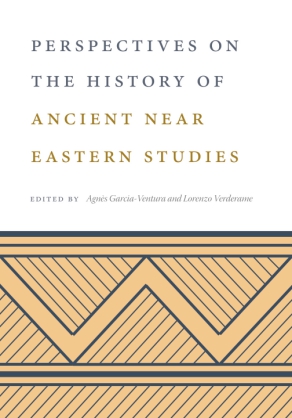
Perspectives on the History of Ancient Near Eastern Studies
Edited by Agnès Garcia-Ventura and Lorenzo Verderame
Just Arrived!
The present volume collects eighteen essays exploring the history of ancient Near Eastern studies. Combining diverse approaches—synthetic and analytic, diachronic and transnational—this collection offers critical reflections on the who, why, and how of this cluster of fields. How have political contexts determined the conduct of research? How do academic agendas reflect larger. . . (more)
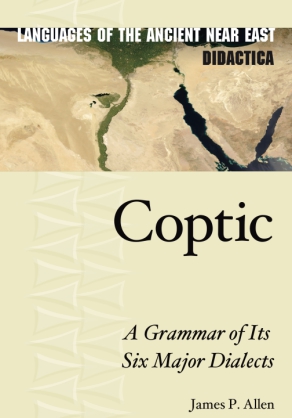
Coptic
A Grammar of Its Six Major Dialects
James P. Allen
Just arrived!
Unlike previous grammars that focus on just two of the Coptic dialects, this volume, written by senior Egyptologist James P. Allen, describes the grammar of the language in each of the six major dialects. It also includes exercises with an answer key, a chrestomathy, and an accompanying dictionary, making it suitable for teaching or self-guided learning as well as general reference. . . (more)
virtual exhibits & events
We’re excited to offer these virtual exhibits and look forward to seeing you in person at conferences in the future. See the full list of virtual exhibits here.
Virtual Annual Meeting
of ASOR
11/15–22
11/19–22
Virtual Annual Meeting
of the Society
of Biblical Literature
11/29–12/10
awards & reviews
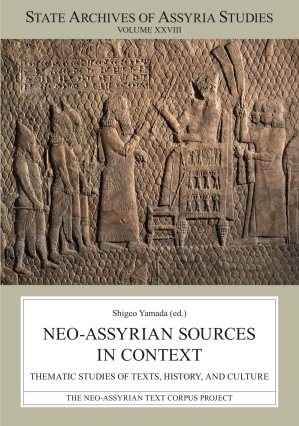
Neo-Assyrian Sources in Context
Thematic Studies of Texts, History, and Culture
Shigeo Yamada
“The editor has to be congratulated for bringing together so many contributions from renowned Neo-Assyrian scholars dedicated to the topic of Neo-Assyrian sources and what they can tell us about Assyria.”—Melanie Gross, Leiden University in Bibliotheca Orientalis 77 (2020): 110–114
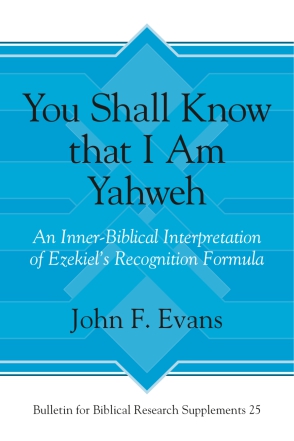
You Shall Know that I Am Yahweh
An Inner-Biblical Interpretation of Ezekiel’s Recognition Formula
John F. Evans
“[T]his welcome contribution to Ezekiel studies presents as a comprehensive study of the RF [Recognition Formula] in Ezekiel. The main argument is highly stimulating and the consequence of these ideas produces a substantial theological conclusion.”—Andrew Langley, Journal for the Study of the Old Testament 44 (2020)
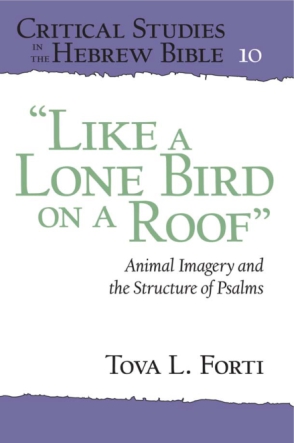
“Like a Lone Bird on a Roof”
Animal Imagery and the Structure of Psalms
Tova L. Forti
“Forti displays commendable consistency in her approach to metaphors. Her work may serve as a useful methodological tool for any future research into metaphors in the Psalms.”—Juan Cruz, in Journal for the Study of the Old Testament 43 (2019)
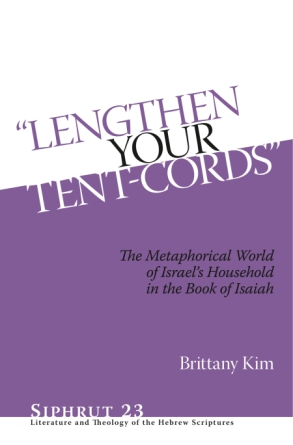
“Lengthen Your Tent-Cords”
The Metaphorical World of Israel's Household in the Book of Isaiah
Brittany Kim
“[C]ommentators will benefit from Kim’s careful discussion of the passages she treats.”—H. G. M. Williamson, in Journal for the Study of the Old Testament 43 (2019)
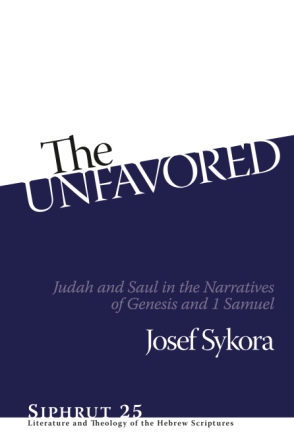
The Unfavored
Judah and Saul in the Narratives of Genesis and 1 Samuel
Josef Sykora
“There is certainly food for thought here.”—George Nicol, in Journal for the Study of the Old Testament 43 (2019)

A New Look at Atonement in Leviticus
The Meaning and Purpose of Kipper Revisited
James A. Greenberg
“[A New Look at Atonement] should be required reading for students and researchers working in the area. Moreover, while the total sample set of OT sacrificial texts is wider, Greenberg provides a probing and suggestive exploration of what is arguably ground zero for understanding כפר. Throughout, evaluation of Milgrom’s epoch-defining contribution is judicious yet penetrating. Gaps are convincingly exposed, inviting further reflection.”—G. Geoffrey Harper in Themelios 45.2 (2010)
new from psu press
VIEW Blue Lines, the PSU Press newsletter| Control your subscription options |
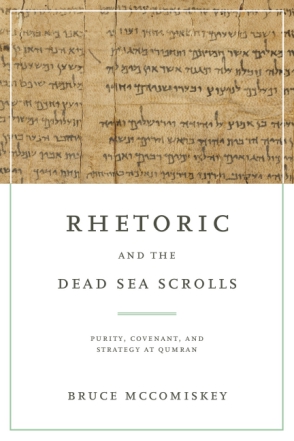 Rhetoric and the Dead Sea Scrolls
Rhetoric and the Dead Sea Scrolls
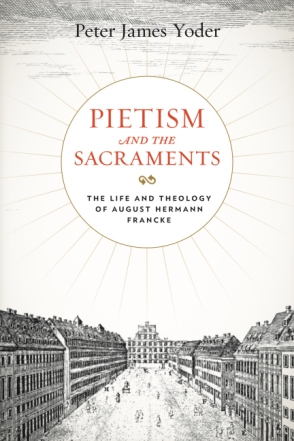 Pietism and the Sacraments
Pietism and the Sacraments


